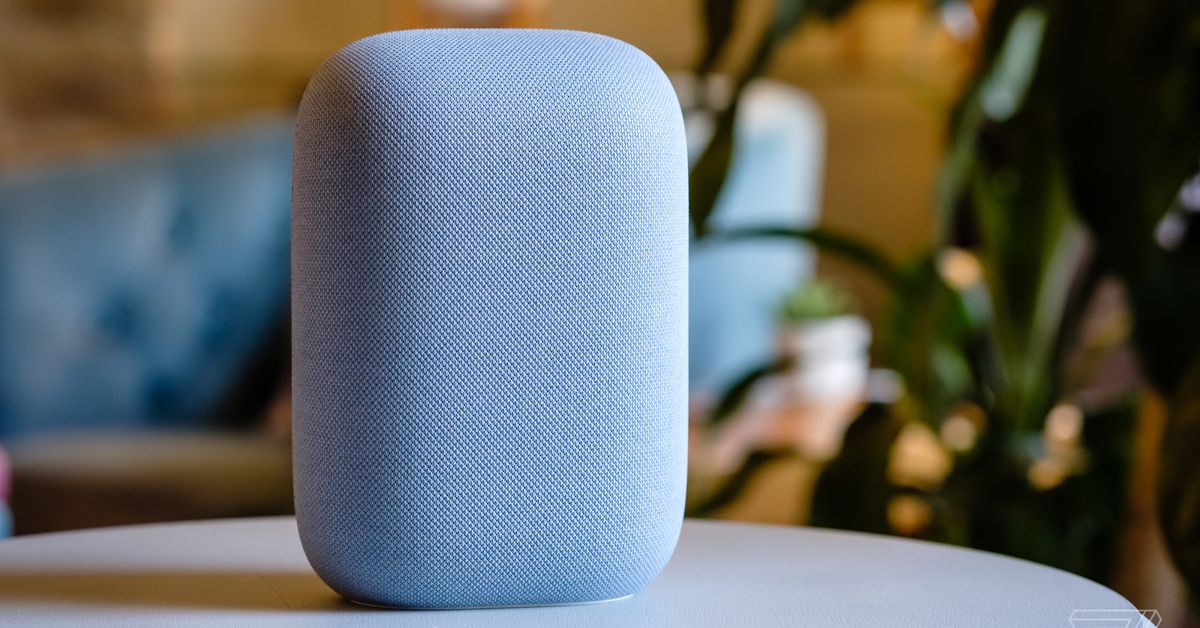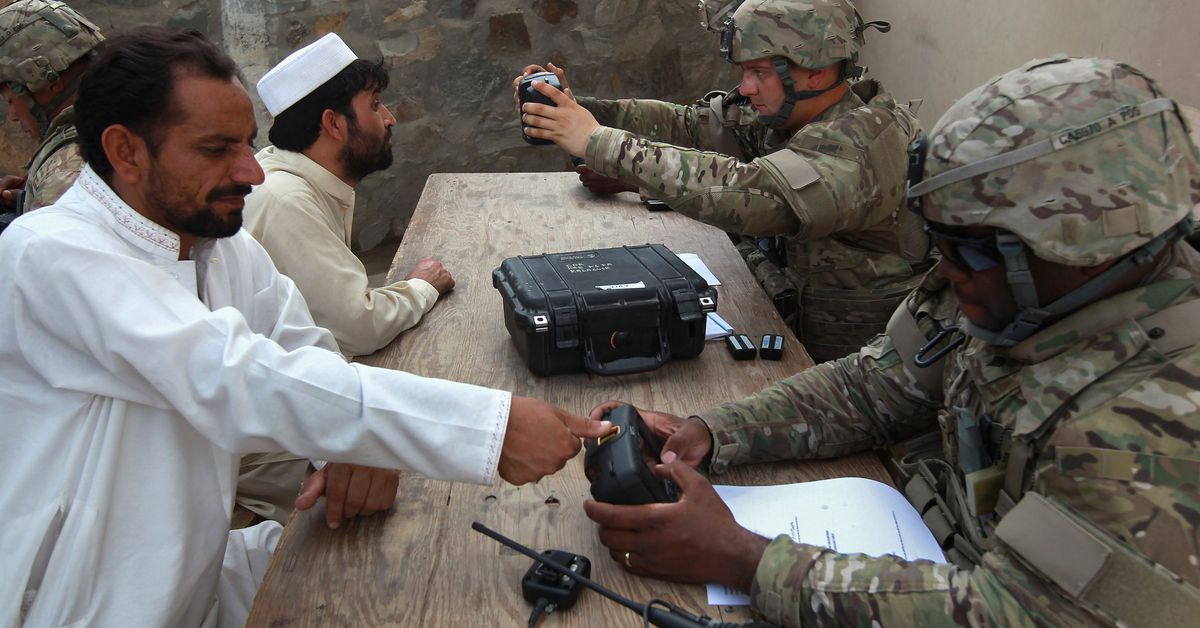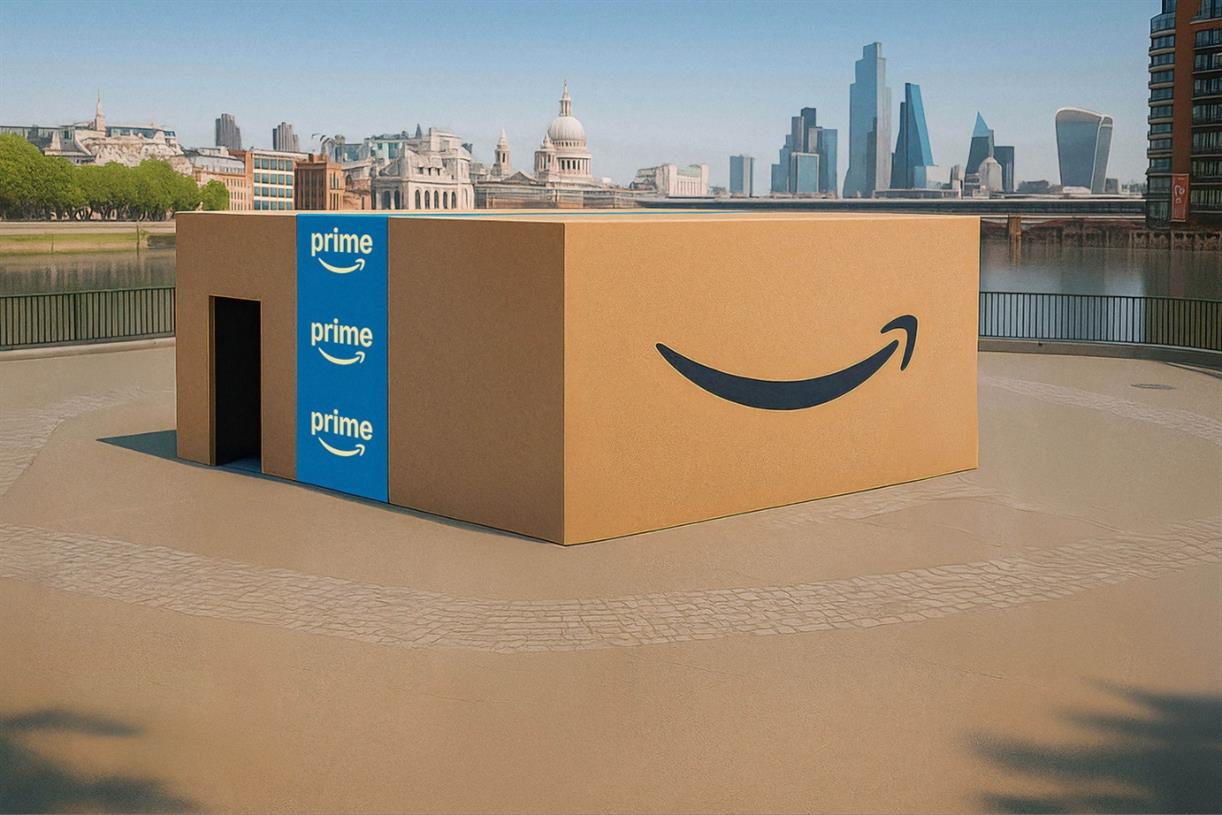Microsoft announces the Surface Laptop Studio 2 with upgraded chips and ports
The new Laptop Studio 2 looks like the old one, but has much more power inside. | Photo: Chris Welch / The VergeMicrosoft just showed off its new high-end convertible laptop, the Surface Laptop Studio 2, at its launch...
/cdn.vox-cdn.com/uploads/chorus_asset/file/24940335/lcimg_7ebed5e9_bbd1_403c_96e7_1e185ea6a47f.jpeg)
Microsoft just showed off its new high-end convertible laptop, the Surface Laptop Studio 2, at its launch event in New York City. The Laptop Studio 2 keeps the overall aesthetic of its predecessor, including the pull-forward 14.4-inch display that makes it a much more touch-friendly device but adds some welcome power-user features.
The Studio 2 runs on Intel’s 13th Generation chips — specifically the i7 H class — with an Nvidia RTX 4050 or RTX 4060 GPU inside. It also has an Intel Neural Processing Unit, or NPU, which is the first Intel NPU in a Windows computer. (There were rumblings that Microsoft might be making this chip itself, but it appears not.) You can configure it with up to 2TB of storage and 64 gigs of RAM. In all, Microsoft says it’s “the most powerful Surface we’ve ever built” and promises twice the performance of the previous device.
The Studio 2 also offers some big new connectivity options: it has two USB-C ports, one USB-A port, a microSD card reader, and the Surface Slim Pen 2. In addition, there’s a new customizable and more responsive haptic touchpad that Microsoft calls “the most inclusive touchpad on any laptop.”
The upgrades largely match WinFuture’s leaks from last week, which included photos showing the new microSD card slot and some new ports on the left side of the device.
In The Verge’s review of the original Laptop Studio, Dan Seifert praised a lot of the device’s big ideas: it was a great-looking computer that added useful functionality without compromising its essential laptop-ness. Still, it was lacking on a couple of obvious fronts. It didn’t have enough ports, its performance didn’t match its price, and its battery didn’t last long enough. Microsoft appears to have gone after those deficiencies head-on.
The story of the day — and the year — for Microsoft is of course AI: most of the company’s launch event was dedicated to Copilot instead of hardware. The company launched two new Surface models, though: the Surface Go 3, designed to be the lighter and more portable way to access all that cool AI stuff, and the more powerful and creator-focused Laptop Studio 2.
Microsoft’s hardware future is in a suddenly confusing spot, though, with devices head Panos Panay announcing on Monday that he’s leaving the company after nearly two decades. Panay led both Windows and Surface in recent years and was one of the people pushing the company’s vision of multiuse devices the hardest. (Panay was supposed to be the star of today’s event, even, but dropped off the program after his departure was announced — Brett Ostrum, the leader of the Surface product team, did the announcements instead.) Yusuf Mehdi, the new head of Windows and Surface, may have different ideas about where Microsoft should go.

 Tfoso
Tfoso 































